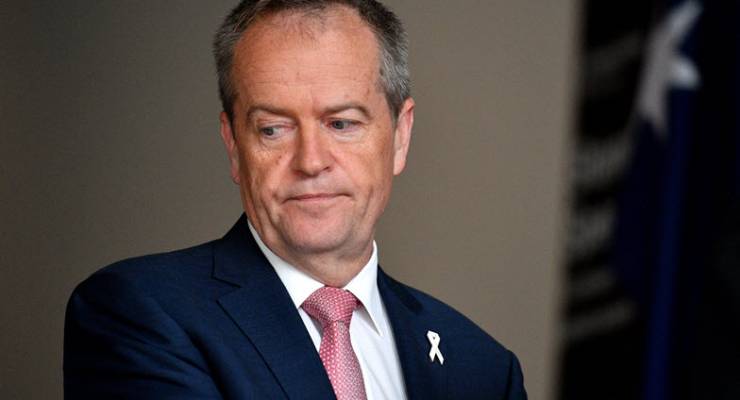
Opposition leader Bill Shorten today pledged that Labor, if elected at the next election, will introduce 10 days of paid leave for victims of domestic violence into the national employment standards, telling a White Ribbon breakfast event: “We recognise that if you’re trying to extricate yourself from a violent relationship, that is your whole world. Please, I ask, let’s not have a long debate about the economic costs, how this proposal will lead it to a lot of phantom claims … I’ve never met a victim of domestic violence who goes through the process of domestic violence and family violence just to get the leave.”
The move, long pushed for by unions and domestic violence groups, doubles Labor’s 2016 election promise of five days. Details beyond the number of days that can be accessed are so far sketchy, and at time of writing, the ALP’s policy page on domestic violence leave has not been updated.
Early history
In 2010, the Australian Services Union and Surf Coast Shire Council signed Australia’s first agreement offering paid leave to victims of domestic violence, giving access to 20 paid days to employees who were experiencing “physical, sexual, emotional, financial or verbal abuse” at the hands of a family member. The Australian Council of Trade Unions swiftly got on board, encouraging other unions and businesses to implement similar policies. Over the next few years the practice spread — at first through other Victorian councils, and the NSW public service — but neither major party publicly announced a policy on the matter. Unions continued to push for Australia-wide reform and negotiate agreements containing the provisions with individual employers.
Meanwhile, employer groups opposed the measure — the Australian Chamber of Commerce and Industry claimed that granting a single day of domestic violence leave per employee would cost business $205 million per year. The Australia Institute, estimating the figure to be closer to $120 million, argued that this was still a fraction of the costs already imposed by domestic and family violence.
Party support
While Labor had been broadly supportive of moves by individual employers to offer domestic violence leave, it wasn’t until 2015 that they put forward a policy, pledging to introduce five days of paid domestic violence leave (and five unpaid days for casuals) if elected in 2016.
The Coalition has long resisted any commitment on domestic violence leave, with Minister for Women Michaelia Cash claiming it would act as a “perverse disincentive” to hiring women and therefore result in fewer jobs, while in 2016 — as the ACTU were making an application to the Fair Work Commission for ten days of domestic violence leave to be introduced — Finance Minister Mathias Cormann said the idea was “another cost on the economy“, and “not something that we are attracted to”. Prime Minister Malcolm Turnbull was less unequivocal, saying the government would reassess after the commission delivered it’s verdict. The application was ultimately unsuccessful.
If you are experiencing family or domestic violence, or know someone who is, please call the 1800 Respect national helpline on 1800 737 732








Is that on top of sick leave, carers leave, compassionate and bereavement leave, maternity leave, parental leave, community service leave , holiday leave, public holiday leave, annual holiday leave, long service leave?
You say that as though they will all be claimed at once 🙂
would be best if all claimed at once – if strung out doesn’t leave much in a working year – no wonder Australia is uncompetitive – producers are leaving the country in droves – .
Will nobody think of all that capital & assets lying idle…?
This is why we should support unions more.
Millions of Australian workers have limited access, if any, to paid leave such as holiday leave, sickness. Most, but not all, are casual and on or near minimum wage.
Australia’s annual leave entitlements, which are not accessed by millions, are about average by European standards with several countries giving substantially more leave.
Labour productivity in Australia has been rising significantly and constantly for several years while wage rises have stagnated to virtually zero yet simultaneously profits and dividends have skyrocketed.
Australia is more than competitive by world standards, its not the workers who are the problem.